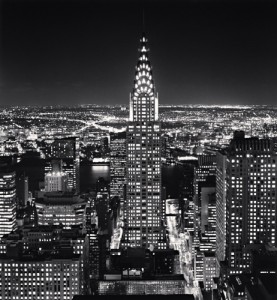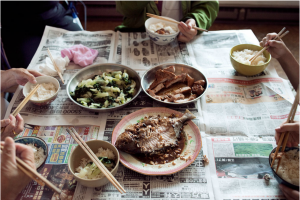Eugene Richards, Stepping through the Ashes, photograph # 11
Of all the photographs, the following stood out the most to me, from Eugene Richards’s Stepping through the Ashes gallery, which contains several photo’s taken by Eugene, in New York, shortly after the tragic events of 9/11, exactly 12 years from this very day.
http://www.eugenerichards.com
Eugene took a photograph of a hospital wall, being viewed through the front side window of a car. The car’s window frame is blurred, with the focus of the photo being on the the hospital wall, which is filled with taped white sheets of paper, containing pictures of the many victims who had passed away due to 9/11. The only way the viewer can tell it’s a hospital is because the photograph captured a sign on the wall that reads “Ambulance Entrance” although the text isn’t very legible. By the sidewalk of that wall the viewer can see some caution tape, as if part of the sidewalk had been closed off. The day appears to be a quiet and emotional one. The photo has no one insight, and sends a sense of helplessness, emptiness, and suffering to the viewer.
Eugene used several elements to help create and convey the mood of this photograph. He uses the shape of the car’s window as his picture frame. I believe this was done to make the photograph more personal and touching to the viewer, and the lines of the hospital’s brick wall gives the viewer a sense of length, telling us the taped up pages run further up this wall. The pages are randomly hung up, they are cluttered and their placement also help show the mood of this photograph. The contrast between the car’s dark window frame, surrounded by the focus of the hung up white pages also makes the viewer feel anguish and closed in.






